Generally, airplanes can fly higher than birds. Commercial airliners typically cruise at altitudes between about 9,000-12,000 meters, while birds typically fly in the lower altitude range of about 100-300 meters. But there are also some special birds that can fly to considerable heights, such as geese and vultures, which have been observed flying at altitudes up to about 11,000 meters. Which birds fly the highest? Let’s take a look at the ten highest flying birds in the world.
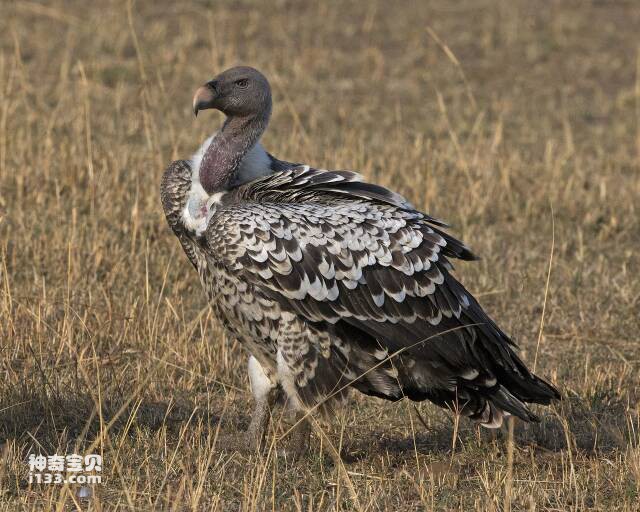
1. Black and white vulture
The black-and-white vulture is a large bird of prey that can fly to great heights. According to observations and records, black and white vultures usually fly at altitudes between 5,000 and 15,000 feet (approximately 1,524 to 4,572 meters). But they sometimes fly higher, with the highest record reaching a height of 32,000 feet (about 9,754 meters).
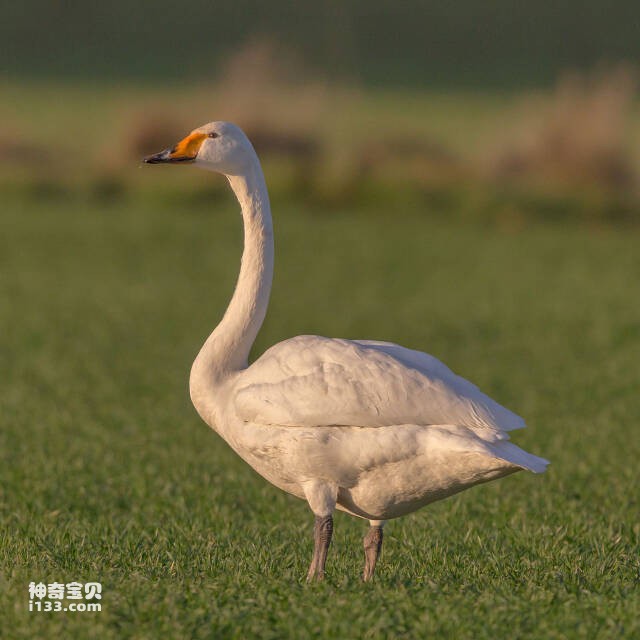
2. Whooper Swan
Whooper swans are large water birds that are good at flying over water and in the air. Typically, whooper swans fly at altitudes between 1,000 and 3,000 feet (approximately 305 and 915 meters). However, they can also fly higher, sometimes reaching altitudes exceeding 10,000 feet (approximately 3,048 meters), according to observations. Whooper swans usually glide when flying, using convective airflow to maintain flight altitude and save energy.
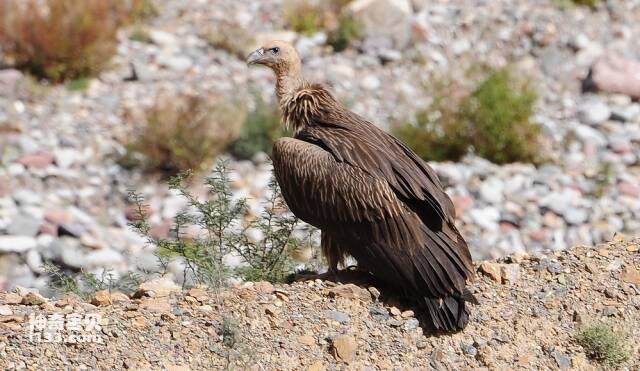
3. Alpine Vulture
The Alpine Vulture is a large raptor that lives in high mountain areas and can fly to great heights. According to observations and records, alpine vultures usually fly at altitudes between 6,000 and 24,000 feet (approximately 1,830 to 7,315 meters). But they sometimes fly higher, with the highest record reaching a height of 35,000 feet (approximately 10,668 meters). Alpine vultures usually use convective airflow to maintain flight altitude and save energy when flying, which also allows them to fly freely at high altitudes.

4. Bar-headed Goose
The bar-headed goose is a medium-sized migratory bird that usually migrates in spring and autumn. According to observations and records, bar-headed geese usually fly at altitudes between 3,000 and 6,000 feet (approximately 915 and 1,830 meters). But they sometimes fly higher, reaching altitudes of more than 10,000 feet (3,050 meters) during peak migration. When bar-headed geese migrate long distances, they usually fly in a "V" formation, which can effectively save energy and reduce air resistance.
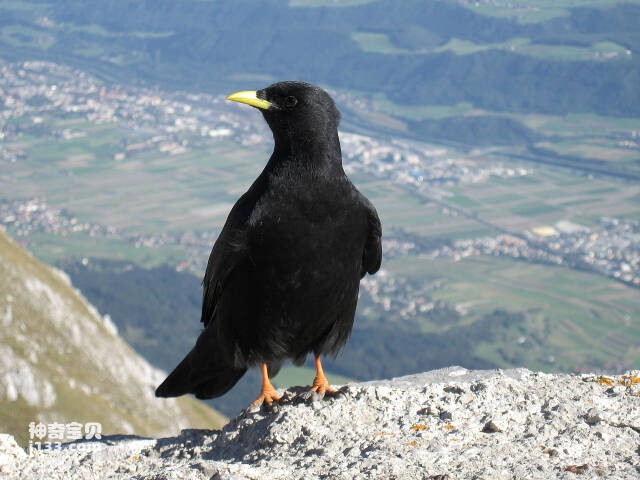
5. Yellow-billed Chough
The Yellow-billed Chough is a large bird that lives in alpine areas and usually flies to high altitudes. According to observations and records, the flight altitude of yellow-billed choughs is usually between 4,000 and 10,000 feet (approximately 1,220 and 3,050 meters). However, they can also fly much higher, with a record reaching a height of 23,000 feet (7,010 meters). Yellow-billed Choughs usually glide when flying, using convective airflow to maintain flight altitude and save energy. In addition, they are highly adaptable and can fly and hunt freely in high-altitude environments.
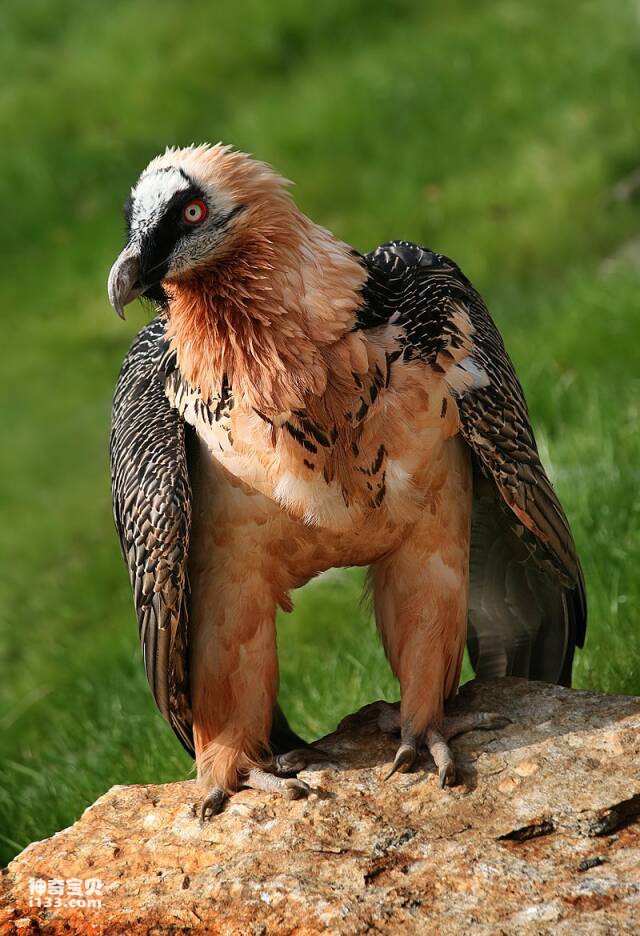
6. Bearded Vulture
The griffon is a large raptor also known as the Andean eagle or Cordilleran eagle. They live at high altitudes in South America and often fly to higher altitudes in the air. According to observations and records, griffons usually fly between 15,000 and 24,000 feet (about 4,570 and 7,315 meters), and sometimes fly higher, with the highest record reaching a height of 33,000 feet (about 10,060 meters). . Bearded vultures glide when flying, using convective airflow to maintain flight altitude and save energy. Due to the particularity of its living environment, the bearded vulture has strong adaptability and can fly and hunt freely in high-altitude environments.
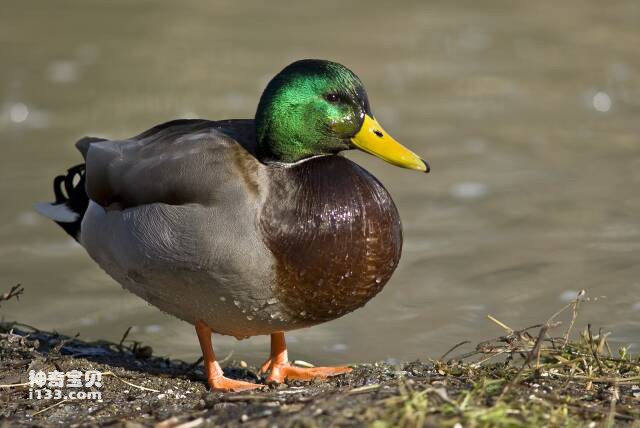
7. Mallard
Mallards are common waterfowl that usually roam waters such as lakes, rivers and coasts. According to observations and records, mallards usually fly at relatively low altitudes, generally between tens and hundreds of feet (approximately 10 to 100 meters), and rarely exceed 1,000 feet (approximately 305 meters). Mallards usually use fast and powerful wing beats when flying, allowing them to quickly take off from the water and fly to their destination. Of course, this doesn’t mean mallards can’t fly higher, it’s just that they usually stay low in the sky.
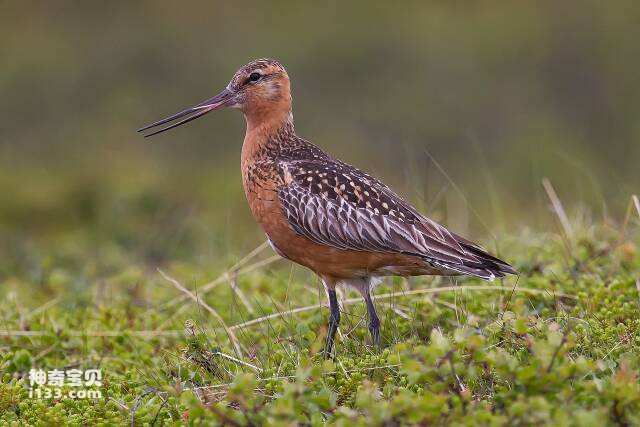
8. Bar-tailed Godwit
The bar-tailed godwit is a small migratory bird that usually migrates in spring and autumn. According to observations and records, bar-tailed godwits usually fly at a lower altitude between tens and hundreds of feet (approximately 10 to 100 meters). Bar-tailed godwits fly with rapid and continuous wing beats, often showing a wavy flight path. Although bar-tailed godwits usually fly at lower altitudes, they can also fly to higher altitudes when needed to avoid storms or other adverse weather conditions.
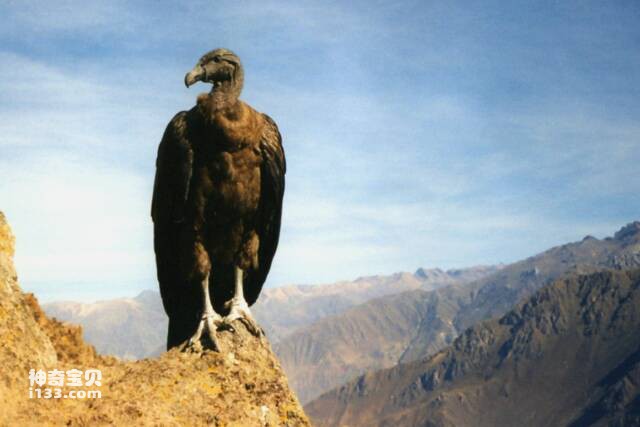
9. Andean Condor
The Andean condor is a large raptor that lives in the high mountains of South America. They are one of the largest flying birds in the world. According to observations and records, Andean condors usually fly at altitudes between 13,000 and 16,000 feet (approximately 3,962 and 4,877 meters), and sometimes fly to higher altitudes. Depending on the situation, Andean condors use different strategies to maintain altitude while flying. For example, when the convective airflow is weak, they will use gliding to maintain their flying altitude; and when the convective airflow is strong, they can use the airflow to bring themselves to a higher altitude. The Andean condor is well adapted to high-altitude environments and can fly and hunt freely in alpine areas.
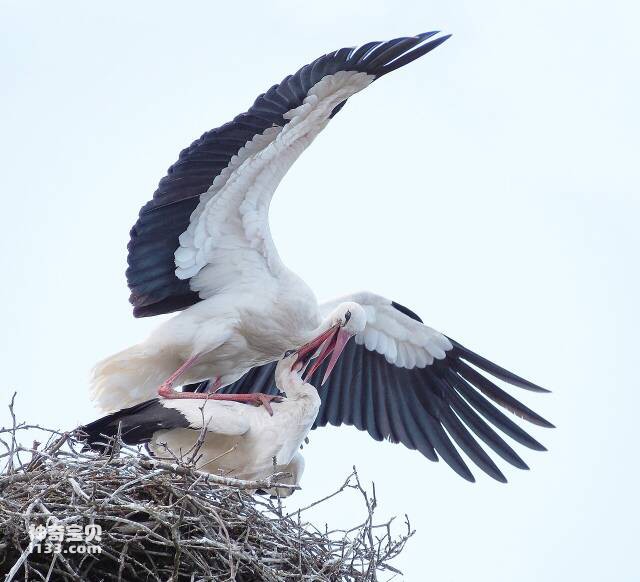
10. White Stork
The white stork is a large water bird that usually lives in lakes, rivers, swamps and other water bodies. According to observations and records, the flight altitude of white storks is usually relatively low, generally between tens and hundreds of feet (approximately 10 to 100 meters), and rarely exceeds 1,000 feet (approximately 305 meters). White storks use slow and powerful wing beats when flying, allowing them to quickly take off from the water and fly to their destination. Of course, this doesn't mean that white storks can't fly higher, it's just that they usually stay low in the sky.
It is important to note that these data are based on recorded and observed data, and there may actually be some birds that can fly higher.
Many birds can collide with aircraft, but some of the most common include pigeons, sparrows, swallows, eagles, vultures, and geese. These birds usually operate near flight altitude and are very different from the speed of the aircraft, so they may not be easily detected. When they collide with an aircraft, they can cause damage to the aircraft and even threaten the safety of passengers and crew. Therefore, airlines and airports often take various measures to reduce conflicts with birds, such as the use of bird radars, route adjustments and biological methods to control bird populations.
animal tags:
We created this article in conjunction with AI technology, then made sure it was fact-checked and edited by a Animals Top editor.